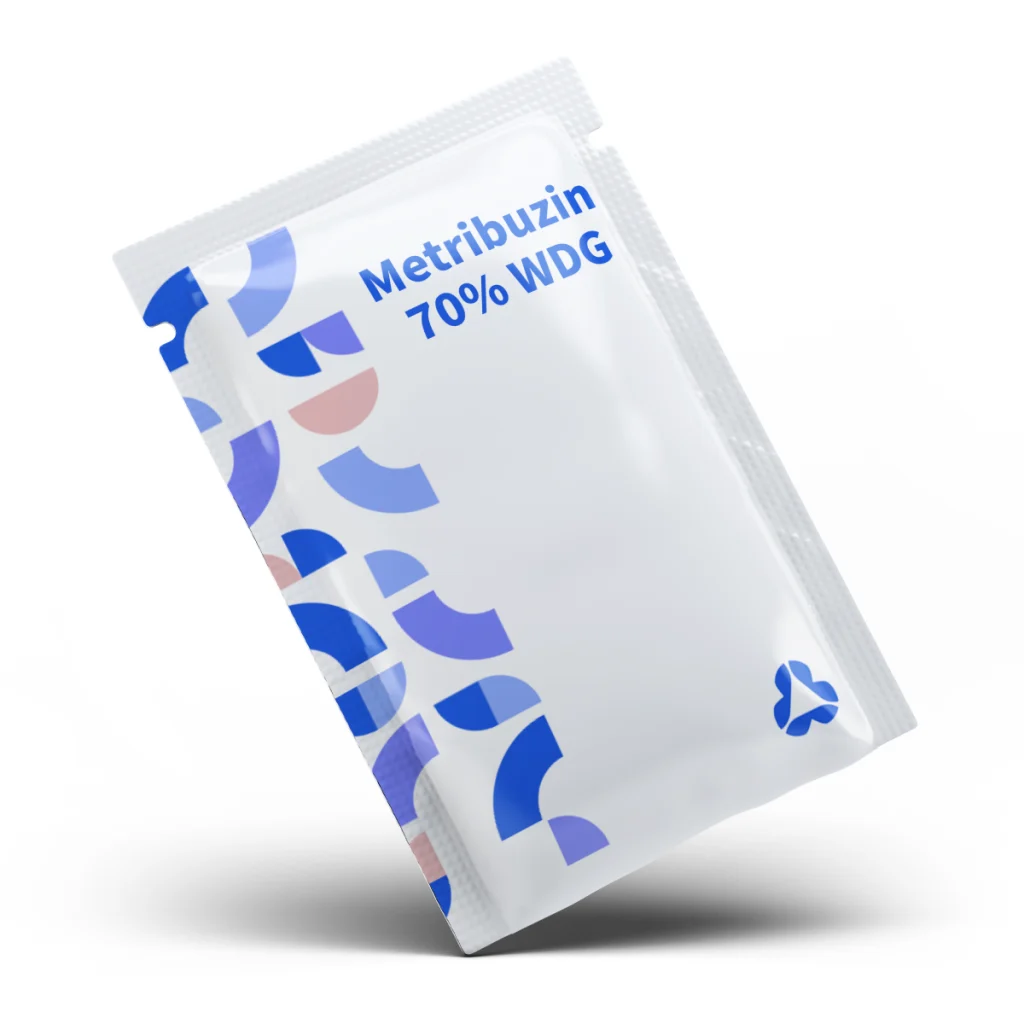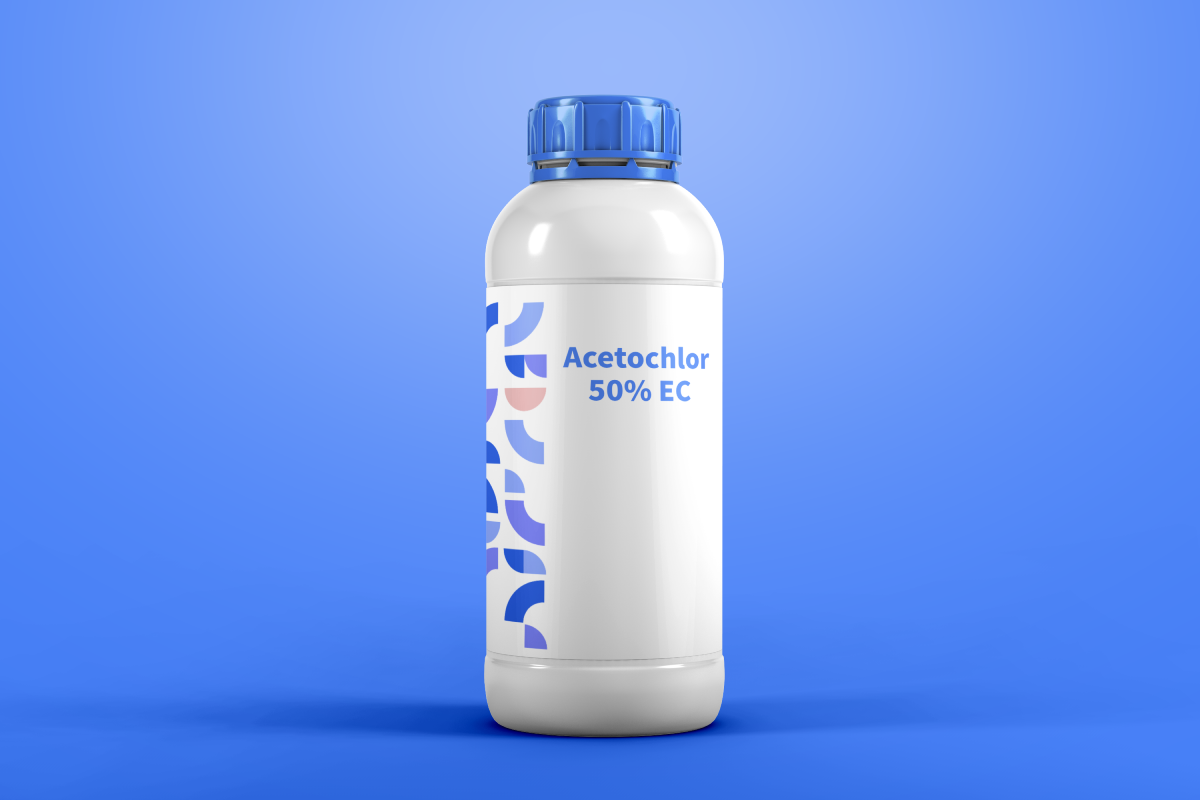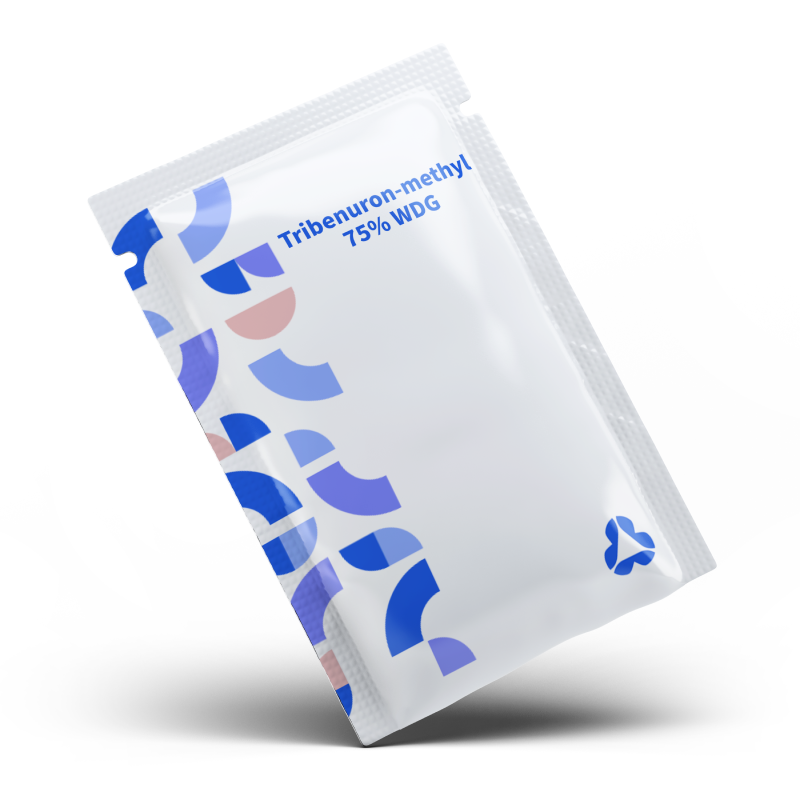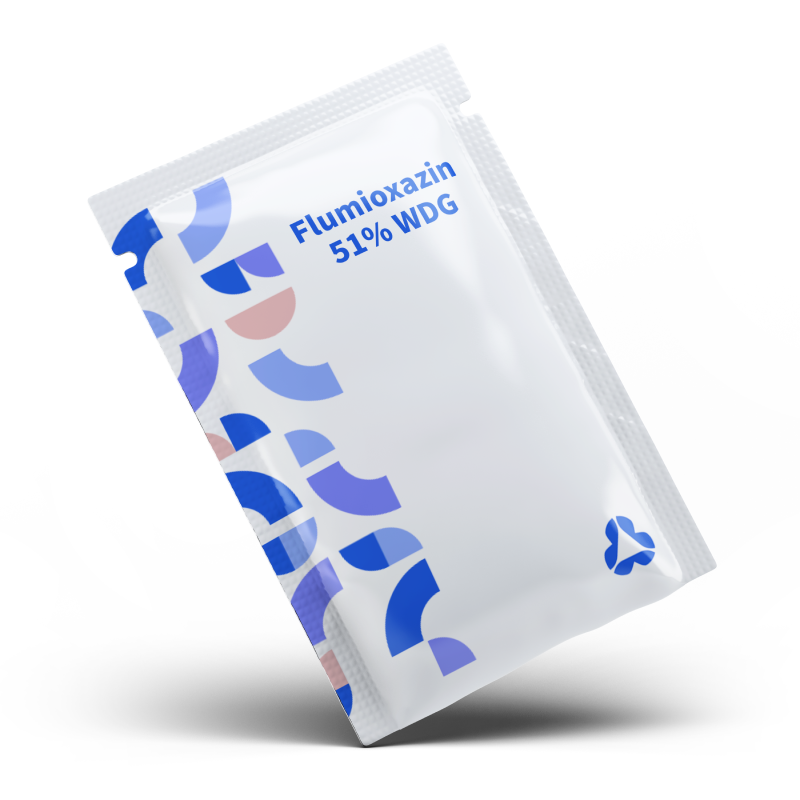Acetochlor 50% EC (Emulsifiable Concentrate) is a premium selective herbicide formulated with 500 g/L of the active ingredient acetochlor, a chloroacetanilide compound renowned for its pre-emergence control of annual grassy and broadleaf weeds. This formulation combines solubility in organic solvents with emulsifying agents, enabling easy dilution in water for uniform soil application. Tradenames like Harness® and Warrant® often utilize similar EC formulations, trusted by growers worldwide for residual weed management in major row crops.

Metribuzin 70% WDG Herbicide | Selective Pre- and Post-Emergent Weed Control
Metribuzin 70% WDG (Water-Dispersible Granule) is a triazinone-class selective herbicide designed for pre-emergent and post-emergent control of broadleaf weeds and annual grasses in row crops.



